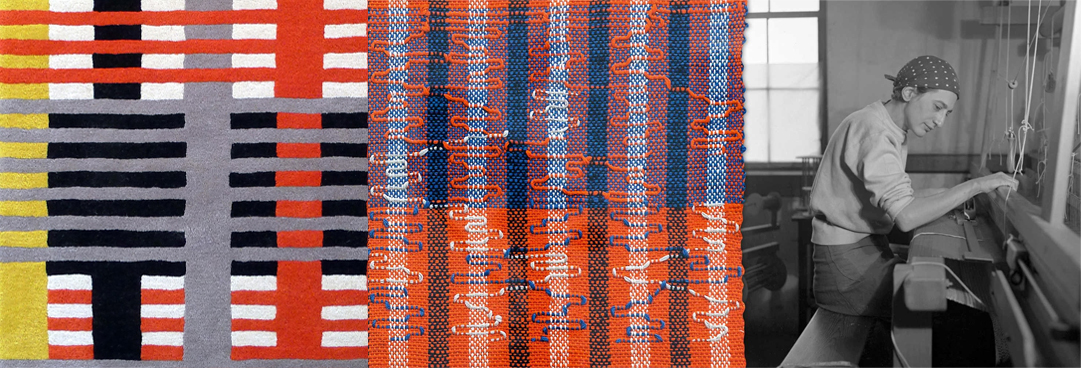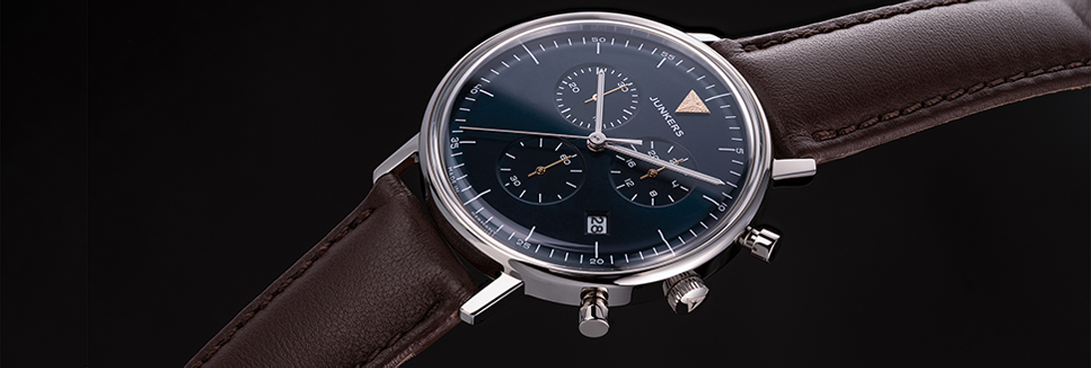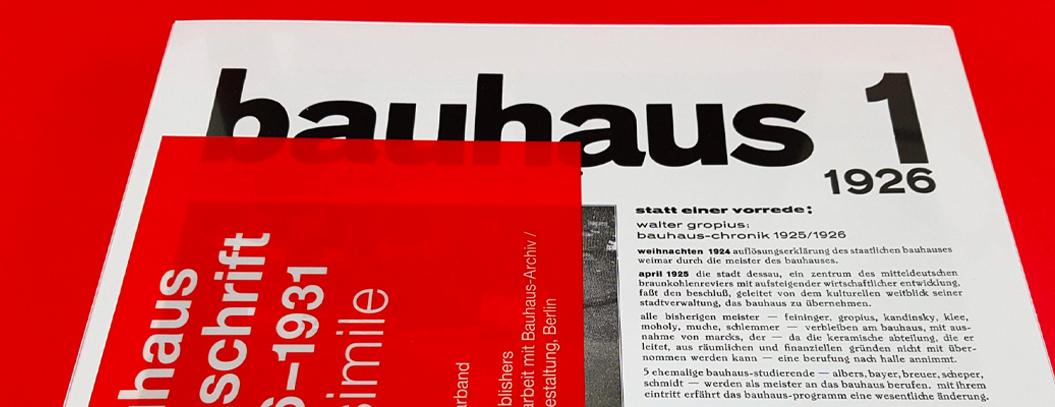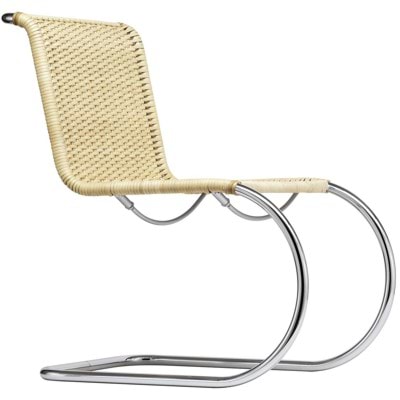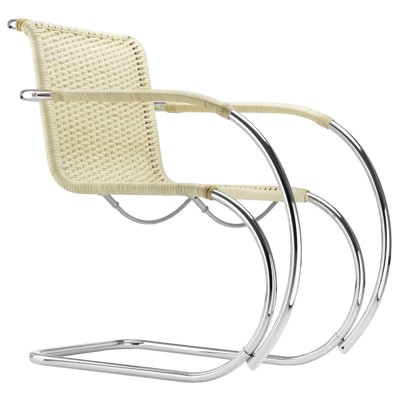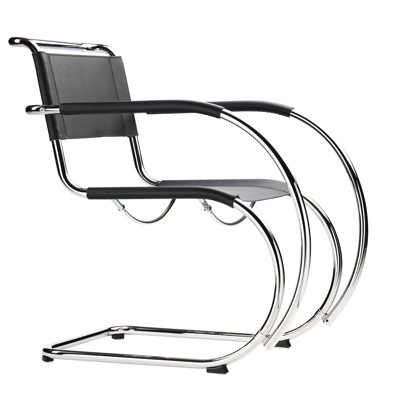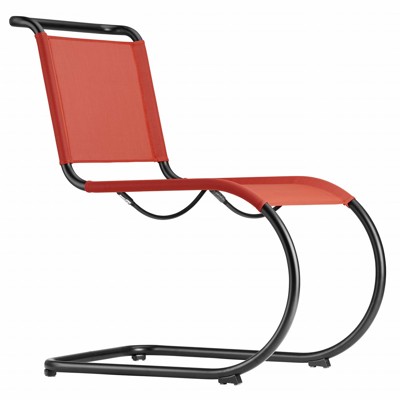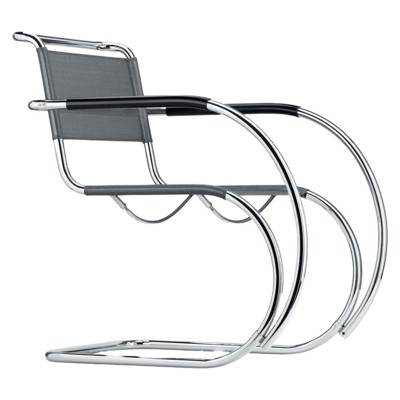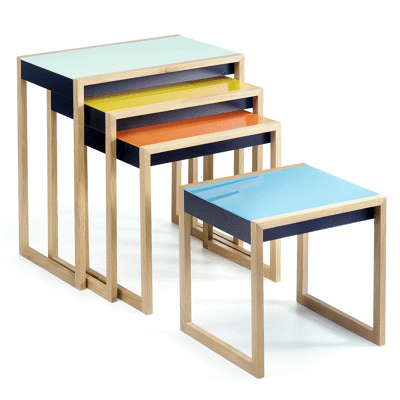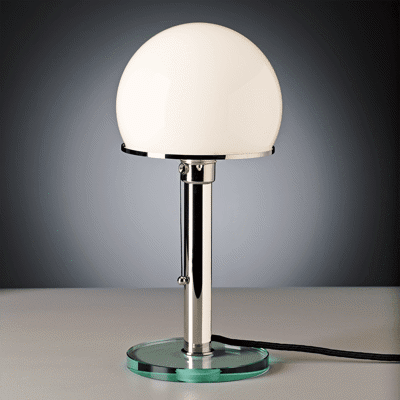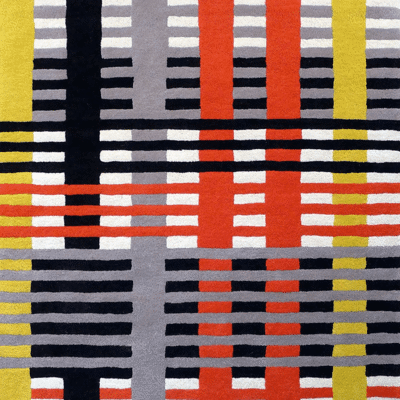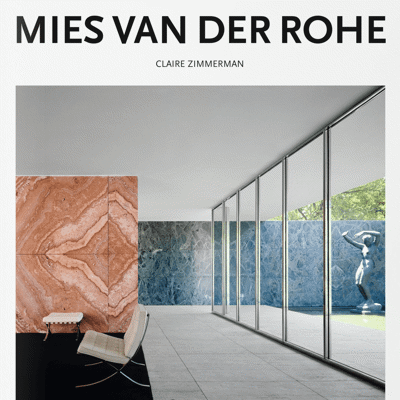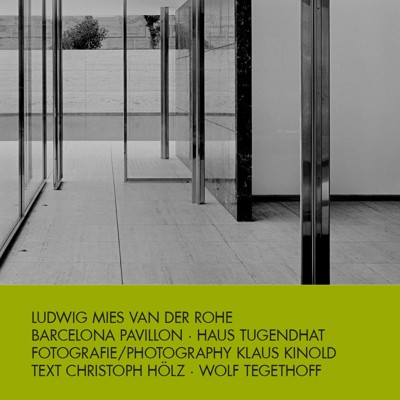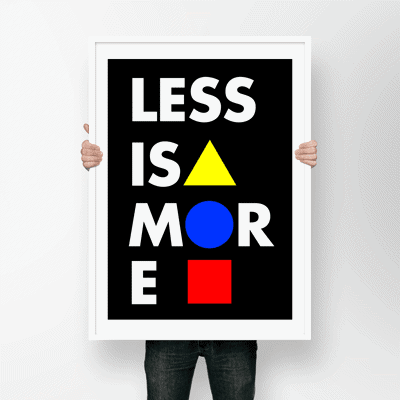Description
Technology becomes furniture; a striking invention becomes an elegant interior design object. Ludwig Mies
van der Rohe was the first to provide the cantilever chair with aesthetic lightness and to relate it to its environment with curved
lines. In the run-up to the Weissenhof Estate exhibition, which he organised, Mies van der Rohe became familiar with the principle of
the cantilever chair thanks to Mart Stam. As new as this approach may have been, Mies van der Rohe was not impressed with its first
implementation by Stam. He immediately answered the technological innovation with his own aesthetic solution, which he was able to
present in 1927.
The S 533 is one of the first cantilever chairs, and it defines the surrounding environment with its large,
elegantly curved circular tubular steel form. Targeted restriction with regard to the use of materials, elegance of lines, and
transparency in its effect are the characteristics of S 533. It owes its exceptional comfort to its ability to constantly adjust to
positions through flexing. While most designs from the early 1920s underscore functional aspects with an emphasis on simplicity, the
architect’s signature can be sensed in this armchair: Mies van der Rohe’s intentionally luxurious design combines functionality, comfort
and timeless aesthetics. The S 533 represents a changed perception of quality.



